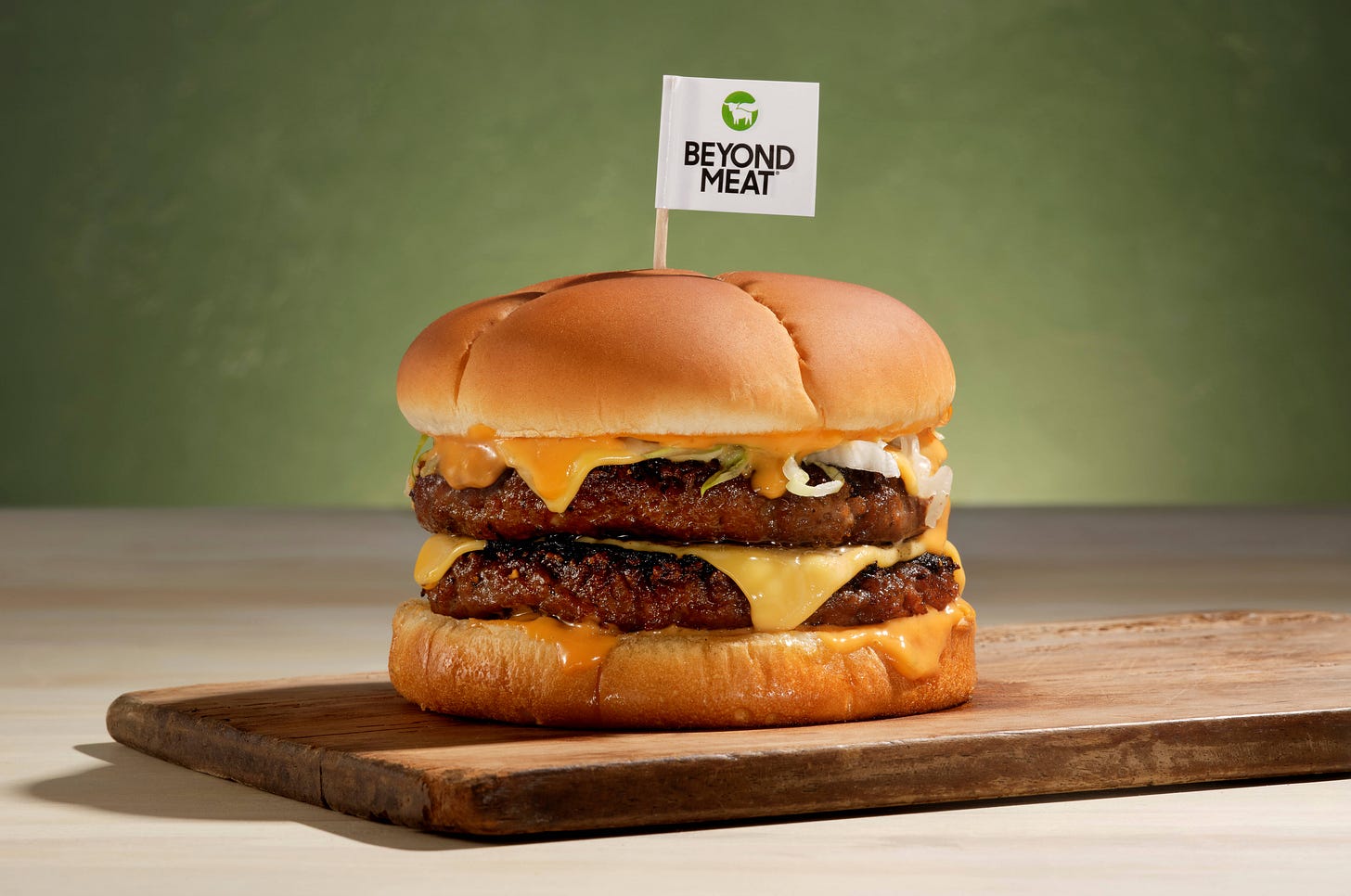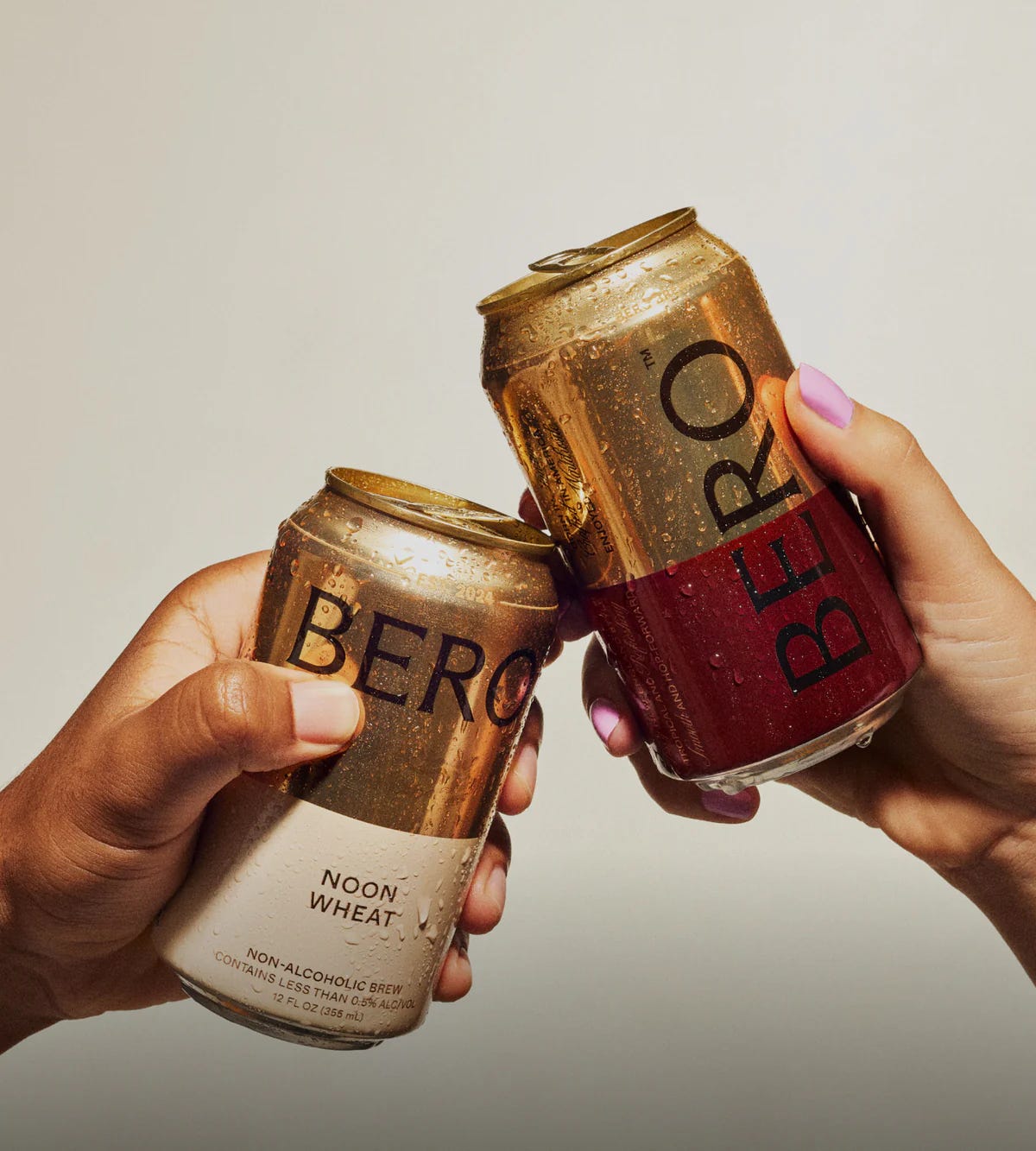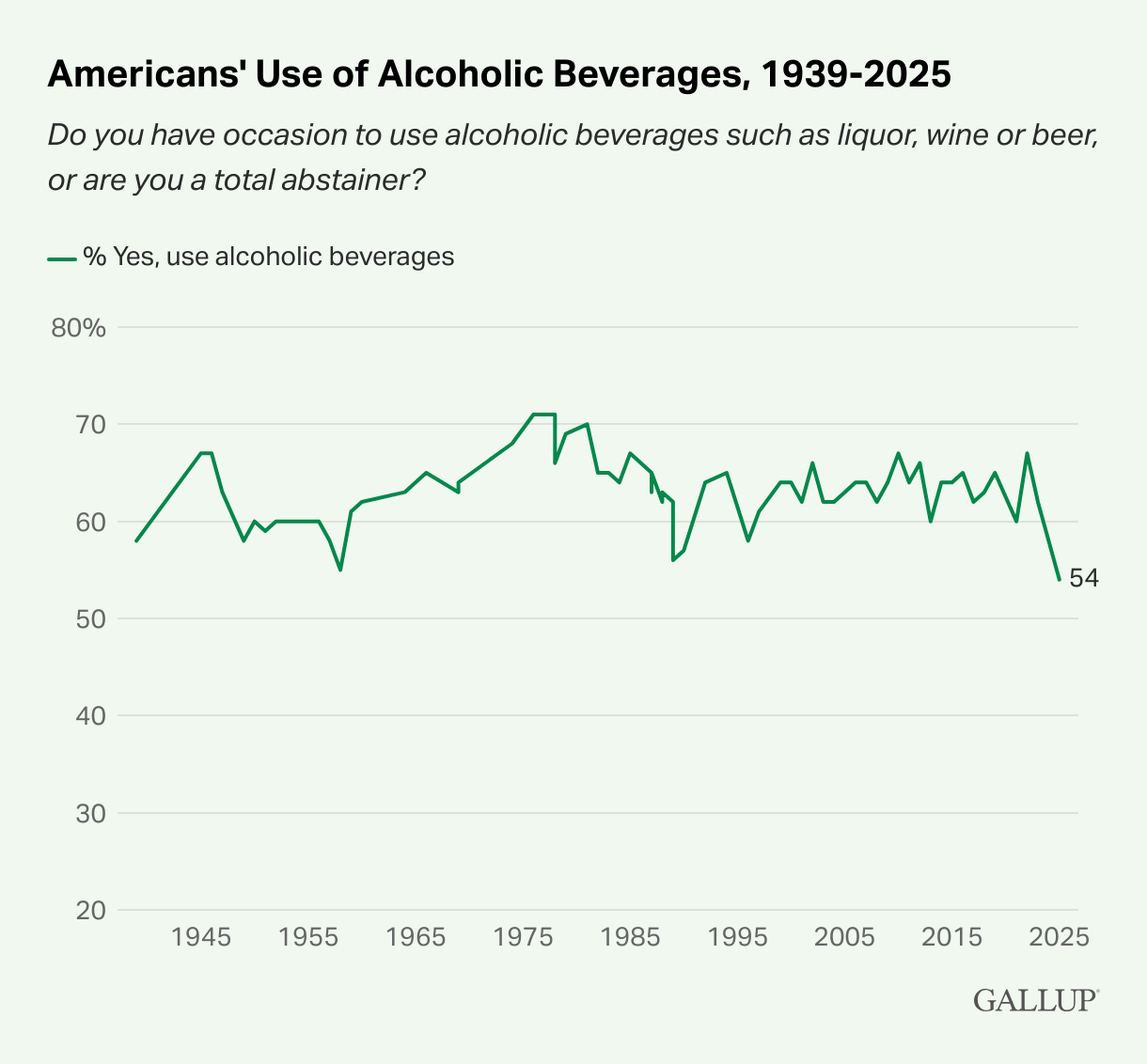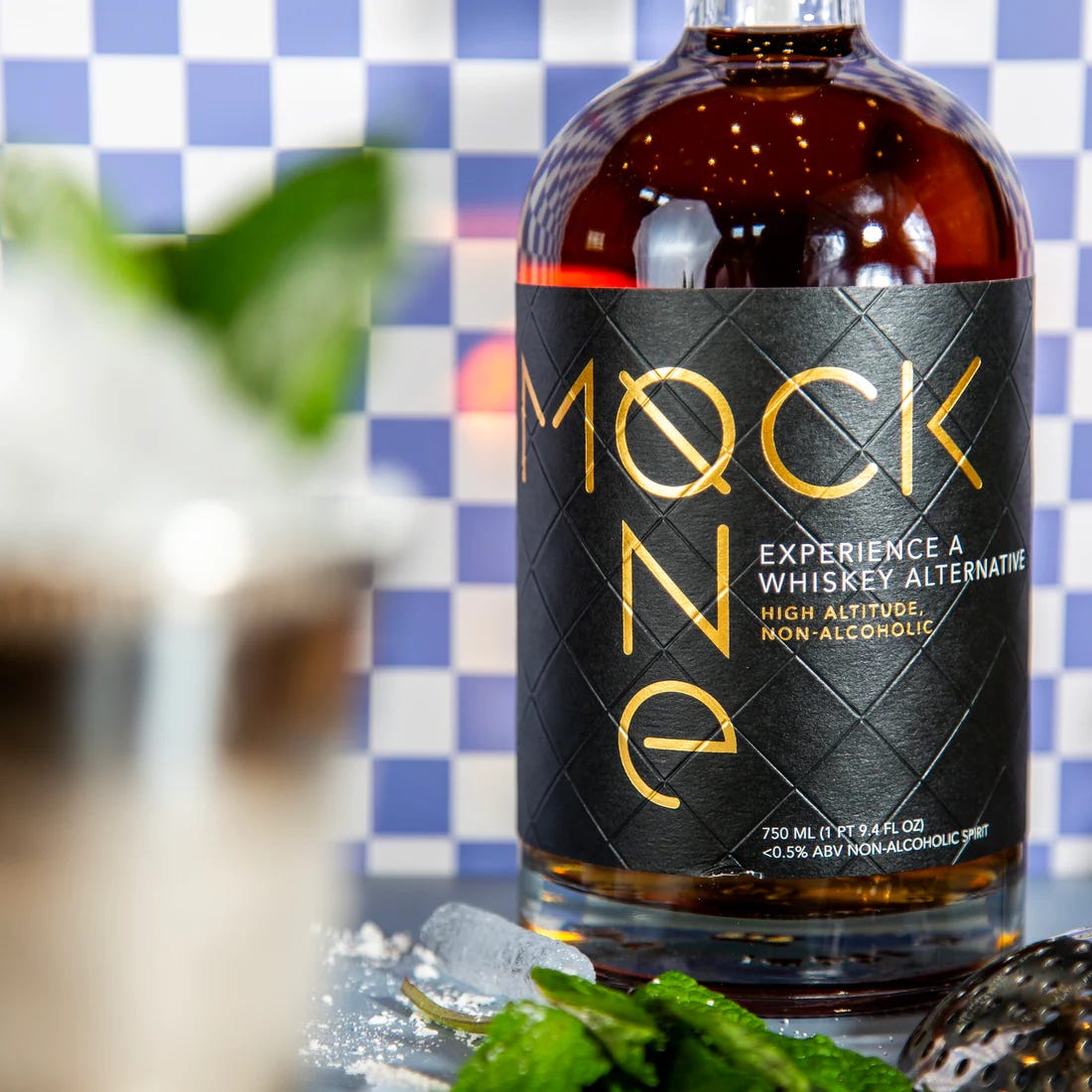What non-alc can learn from meat-free’s decline
Could the current hype around low- and no-alc brands go the same way as the plant-based boom? Maybe there's a few lessons here....
Welcome to New Rules Features! This is a series exploring the trends, ideas, and strategies shaping brand building in the bev/alc space. This edition comes from our London-based editor, Emma Tucker. If you enjoy, consider subscribing.
There was a brief period, some years back, where it seemed like we were all going vegan. Everyone was talking about meat-free alternatives, plant-based brands were investing massively in marketing and, in turn, getting masses of investment.
In 2025, it’s a different story. People’s commitment to being meat-free has fizzled, as have sales, investment and general enthusiasm for something that was touted as a major cultural shift. As one example of many: Beyond Meat, once the darling of the sector, is now in serious decline, down to what CEO Ethan Brown describes as “ongoing softness in the plant-based meat category”.
I think there’s some lessons here for alc-free brands to learn:
1)The hype doesn’t always last - plan for what happens after it
People love to summarise complex, multi-layered things into a simple statement: Gen Z isn’t drinking anymore, for example. The truth is usually much more twisty. And consumers are much more fickle.
Alcohol-free is in the same kind of place that meat-free was five or even ten years ago: it’s the subject of a lot of press coverage, investment and conversation, which means more and more brands are being funded, launched and marketed.
And, as is the inevitable conclusion of a popular movement, celebrities are getting involved – Tom Holland’s alc-free beer brand Bero and Lewis Hamilton’s non-alc agave spirit Humo are two immediate examples. (BTW, not to suggest that Hamilton is the harbinger of death, but he also backed the plant-based eating trend by investing in vegan fast food outlet Neat Burger, now in the midst of closing down all its UK restaurants).
It’s easy to get swept up in the hype, but hype doesn’t last and it doesn’t build long-lived brands. The mistake is to assume that something that’s very popular now will continue to be so, and slip into complacency. Instead, brand-builders need to think beyond the trend cycle and figure out how they’ll continue to grow and connect with people once the ‘no-one is drinking’ narrative slips into the grave. And it will.
2)The truth is always more complicated than it seems. Be wary
Which brings us to the second part of this. Much has been made of data suggesting that people are drinking less – including a recent Gallup study showing that 54% of Americans report drinking alcohol, which is the first time it’s dipped below 60% since 1997. For context, Gallup’s report shows that it’s actually gone below 60% several times since 1939.
After this came out I saw a lot of people online suggesting that this was obviously a trend that’s here to stay (even though Gallup’s own statistics show that these figures ebb and flow over the years and, BTW, are based purely on people reporting their drinking with 100% honesty.)
We’ve also heard much about Gen Z, who have been described as a kind of saintly generation – less booze, less drugs, more sustainable shopping, more ethical choices. Recently I spoke to someone at an ad agency who said they jokingly talk about the ‘dark Z’ – the massive amounts of people in this generation who buck this belief by doing lots of drugs, lots of booze and lots of Shein clothes hauls.
The thing is, if you look elsewhere it’s a totally different story. Vogue reports that Gen Z loves novelty drinks and canned cocktails; GlobalData says RTDs, cocktails, liqueurs and aperitifs are more likely to be popular with them, the Financial Times has said that actually Gen Z are drinking and they’re drinking more, and Fortune reports exactly the same.
I’m not saying that people aren’t interested in and open to alcohol-free alternatives, but let’s not forget that the meat-free sector was also, once, the subject of apparently ironclad statistics. And as we all know, the reality was a bit bumpier.
3) Don’t define yourself purely by what you’re not
Building in a category that’s defined largely by what you’re not is hard. There’s a reason Beyond Meat has now renamed itself to, simply, ‘Beyond’.
If you’re constantly harking back to the ‘real’ alternative, you’re always going to be judged against it and found wanting. You’re assuring disappointment before that person has even seen your bottle on the shelf, or opened it, or sloshed it into a glass. And if you’re found wanting, it’s easy for people to be seduced back into old ways and rituals.
I think Ben Branson – founder of Seedlip and a genuine alcohol-free pioneer – had it right when he wrote a post on LinkedIn about how non-alc spirit brands are setting everyone up for failure by writing ‘whiskey’, ‘gin’, ‘tequila’ and ‘rum’ on their labels. As he says:
“Yes it’s a signpost, yes we think we’re helping and yes people might buy it once but have you read the reviews for these products?”
There’s a real knife’s edge here between explaining that you’re low- or no-alcohol without casting yourself as a pale imitation of the real thing.
Personally, I think brands that position themselves as a lesser option, via language, are immediately making life harder for themselves. For example Mock One – named to forever be non-premium – or Phony Negroni, which is admittedly more fun, from a verbal point of view, but still feels kinda second-rate.
4)Use language as it should be used - a rich and complex tool for winning people’s hearts and minds
Look, alcohol-free brands are battling decades of influence and absolutely astronomic marketing budgets here. Booze marketing is seductive, and if non-alc wants to compete it needs to be just as alluring, and do so on its own terms.
If alcohol brands are going to verbally tantalise people, then non-alc brands need to work even harder to do the same. And, by the way, this is a category that’s growing enormously, which means you’re also working against all the other alcohol-free options too.
In this situation you need to win hearts and minds, and that’s a battle that can be waged through language (amongst other things). Don’t be like whiskey, or similar to tequila, or sorta, kinda, a bit like gin. Why use all the same verbal codes of the old land of booze, when you can pioneer your own landscape of verbiage?
As Margy Kerr-Jarrett, founder of Nihilo (the creative studio behind this newsletter) says:
“People have to remember something in order to be won over. If the language around a new product isn't consistent, is confusing, or isn't memorable, no one will return to it. It needs to be cool, yes, but also VERY CLEAR. Not vague. Not cliché.”
For brands that really want to push at convention, some have even suggested rethinking how the category as a whole is described. For example, Victoria Watters – founder of non-alc bible Dry Atlas as well as Spirited Away, America’s first non-alc bottle shop – says she prefers the term ‘alcohol alternative’ to anything ‘non’, while her partner prefers the term ‘social beverages’. Personally, I’m quite keen on ‘occasion beverages’. Then again, non-alc immediately conveys what it is, and there’s a lot to be said for that.
If you’re still unsure about language, look at the likes of Botivo, or Mother Root, or Seedlip, or Sylva (BTW, you can read our interview with Sylva’s Emma Wykes right here). All showing masterful, deliberate, evocative, wonderful use of words. And notice, all of these emphasise that these are brands and products worth enjoying on their own merit. And that leads us to our final point.
5) It needs to be good. Really, really good.
This should go without saying, but even so: any alcohol-free brand, however beautifully branded and however cleverly described, is going to live and die on the experience.
Remember back when we were praising those meat-free brands for their exceptional ad campaigns and identities? Well, we spoke a lot less about a big problem they had: which is that a lot of those products simply didn’t taste very good – or at least not good enough for people to keep buying.
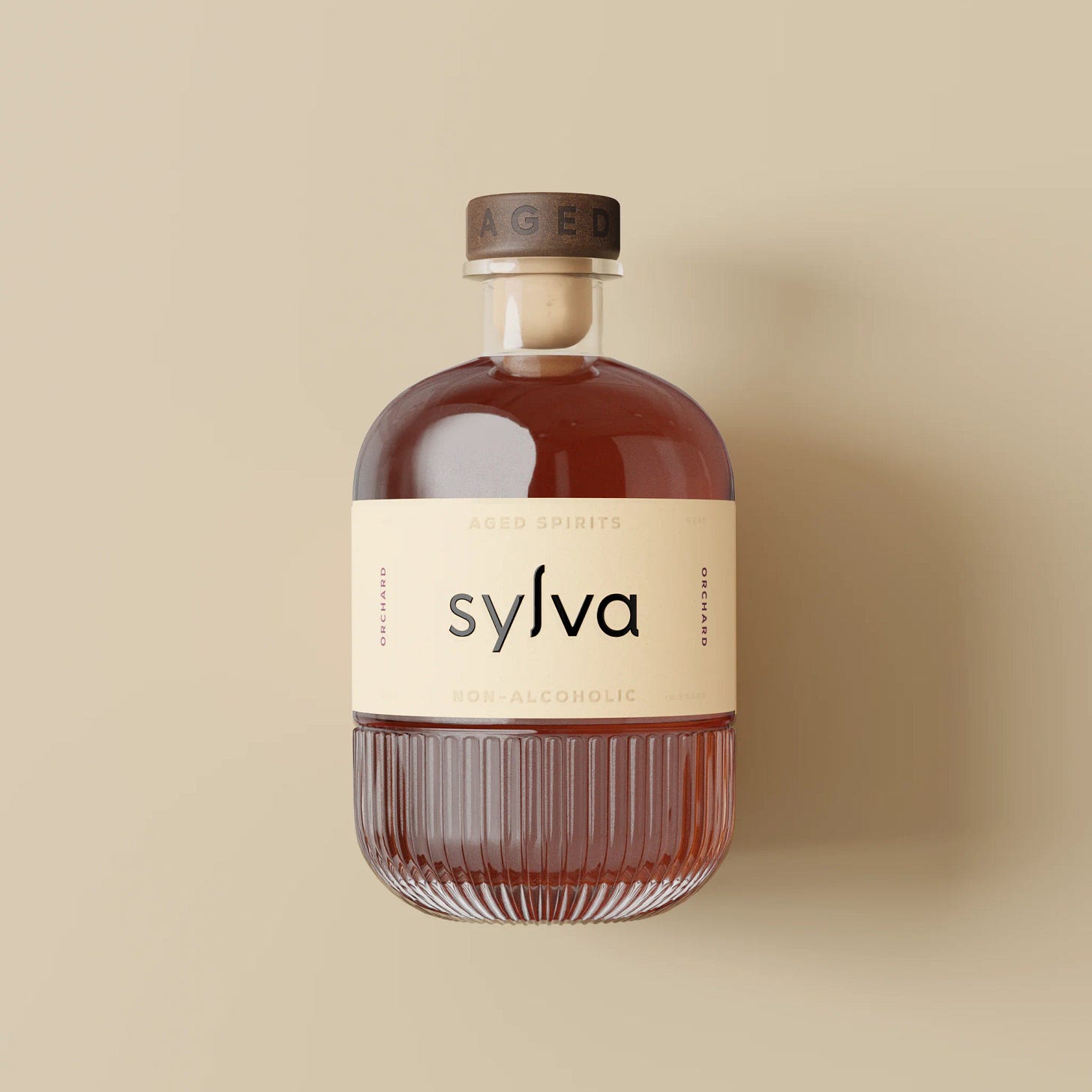
If you tell someone something is going to be spicy, and juniper-laced, and gingery, and tangy and herby then you better hope it’s all those things and then some – particularly if someone’s sizing you up as an alternative to their usual drink of choice.
For your brand to grow, someone has to try it once, and be so bowled over that they buy it again, and again, and tell their friends, who do the same. Brands aren’t built on people trying something as a novelty and never buying it again. No-one cares if you’ve written a beautiful description or designed shelf-standout branding. If the taste doesn’t live up to the look, you’re doomed.
If all of that seems hard, that’s because it is. But the alternative is going the way of the meat-free movement – once held up as the brand stars of the future, and now sliding out of notice, one by one. Create a great product, sell it on its own merit, and don’t believe all the hype you read. Or, as Margy says much more succinctly:
“Be amazing and delicious and create new occasions and meaningful brands. People will pay $10 for a matcha latte, there is always room for great new drinks.”



